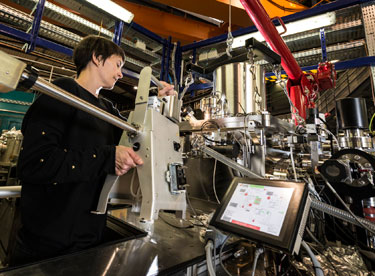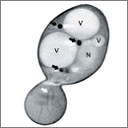
A research team lead by the French National Research Institute for Agriculture, Food and Environment (INRAE) has developed a new multimodal imaging method that combines different microscopy techniques used at the ALBA synchrotron and the French SOLEIL synchrotron. This method was used to gather complementary information about the composition and structure of lipid droplets in yeast cells. One of its advantages is that it does not employ any chemical markers or fixing agents, which can potentially damage cells.
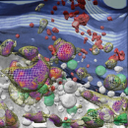
Iridium-based metallodrugs are emerging as novel tools to destroy cancer cells by disrupting their intracellular redox balance. Scientists at ALBA, IMDEA Nanociencia, ESRF and CNB-CSIC, have correlated on the same cell, for the first time, two 3D X-ray imaging techniques to image the anticancer agent at work in the cryopreserved intracellular nano-space.
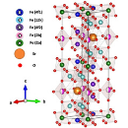
Researchers have synthesized and studied by a combination of soft X-ray techniques platelets of strontium hexaferrite allowing them to establish the differences and similarities between their synthesized nanostructures and commercial powders. Most of the experiments have been performed within a collaboration among three beamlines of the ALBA Synchrotron.
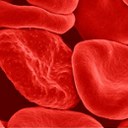
For centuries, quinoline has been an effective compound in antimalarial drugs, although no one knew its mode of action in vivo. A team led by the Weizmann Institute has discovered its mechanism in infected red blood cells in near-native conditions, by using synchrotron light techniques at ALBA, ESRF and BESSY synchrotrons. Their results are published today in PNAS.
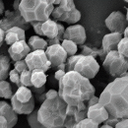
A research team from RMIT University, CSIRO Manufacturing, University of New South Wales, Graz University of Technology and the University of Adelaide, in Australia, have demonstrated an easy and efficient method to use nano MOFs for carrying large-size intact gene sets to be applied in gene therapy. Their study reports encapsulation of a complete gene-set in zeolitic imidazolate framework-8 (ZIF-8) MOFs and cellular expression of the gene delivered by the nano MOF composites, with data obtained at the MISTRAL beamline at the ALBA Synchrotron showing intracellular presence of the biocomposite particles.


